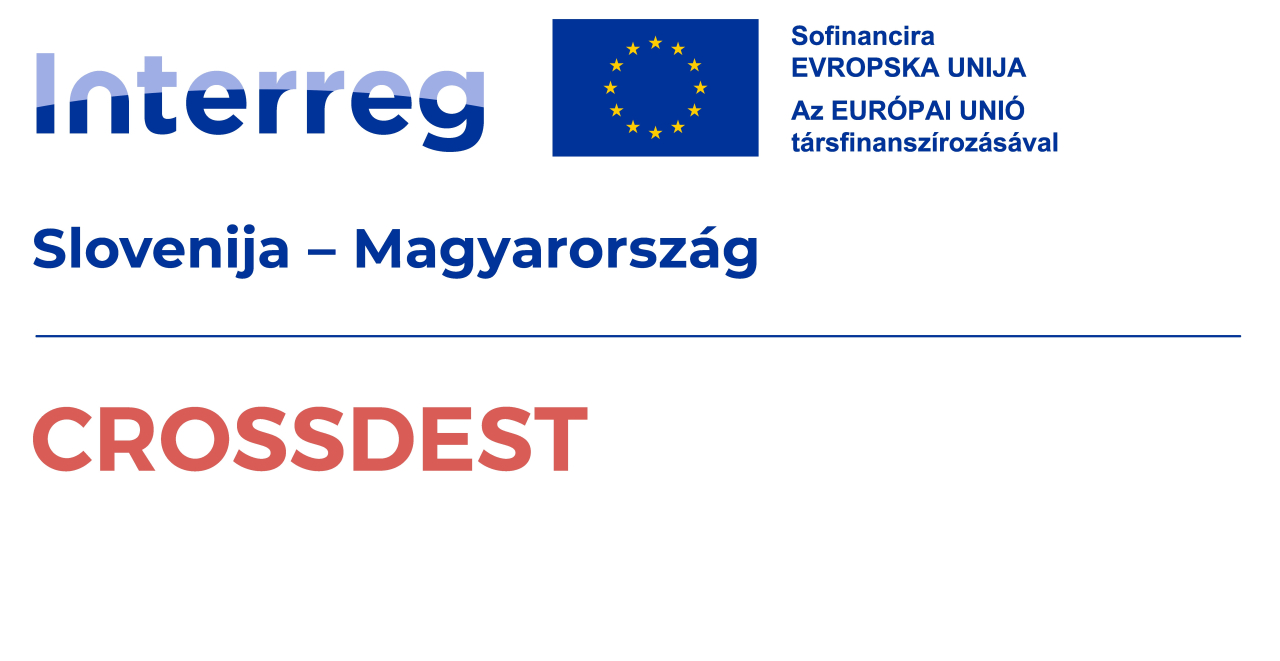New international research: the sustainable tourism market is booming
According to the latest forecasts from Market Research Future (MRFR) as of July 2025, the global sustainable tourism market could grow tenfold by 2034. The research trends speak for themselves.
1. The green tourism market value will grow tenfold in the next 10 years
Green and sustainable tourism has moved beyond its niche market status. According to research by MRFR, the market value was $1.73 billion in 2024, but by 2034, this value is expected to grow to $14.4 billion – representing an average annual growth of 23.6%. This far exceeds the general growth rate of global tourism and clearly indicates a sharp rise in demand for sustainable products. The dynamic growth, according to the research, is driven by increasing environmental awareness among tourists, the global tourism sector's commitment to sustainability, and the growing demand for local experiences.

2. Europe holds its ground – but internal competition is underway
While North America is currently the largest player in the green tourism market – accounting for 45.8% of global revenue in 2022 – Europe is also maintaining a strong position, particularly through countries like Germany and the United Kingdom. Hungary – as an EU member – is in a good starting position, but to remain competitive, it is essential to modernise infrastructure, develop conscious tourism communication, and actively involve local communities in sustainable tourism.
The Asia-Pacific region is also showing dynamic growth, led by China and India. This is driven by the emergence of a young, environmentally conscious travelling audience and rapidly improving tourism infrastructure.
Meanwhile, Latin America and Africa are also playing an increasingly significant role in green tourism: global data shows that responsible tourism is no longer of interest to just a niche audience – for example, interest in green tourism has risen by 24% in Nepal and by more than 37% in Kenya, while destinations like Costa Rica, Ethiopia, and the Galápagos Islands are becoming increasingly popular eco-tourism hotspots.

3. Changing visitor expectations
The rise of sustainable tourism is clearly driven by changing visitor expectations. According to the Market Research Future (MRFR) report, an increasing number of tourists are seeking environmentally friendly and socially responsible solutions: 80% of respondents indicated that they would prefer sustainable accommodations or at least occasionally choose green, eco-friendly services. This awareness is evident not only in accommodation choices but also in activity preferences – more and more people are looking for experiences that not only entertain but also have a positive impact on the local community or environment.
This shift in mindset is also bringing changes on the service provider side: major tourism companies are no longer mentioning sustainability merely for marketing purposes but are integrating it as a core part of their business strategies. Increasingly, hotel chains and travel organisers are establishing green supply chains, adopting ESG-based operations, or publishing regular sustainability reports. Despite the high initial costs, market players are investing in environmentally friendly solutions because they recognise that value-driven operations are key to long-term competitiveness.
Today’s travellers are not just collecting memories but also aiming to make an impact – and they expect the service providers they choose to share this mindset. This trend sets a clear direction for Hungary’s tourism sector as well: authentic, community-based, sustainable offerings provide not only a moral but also a significant market advantage.

The explosive growth of green and sustainable tourism demonstrates that the future of travel is more conscious, value-driven, and responsible. Destinations, service providers, and policymakers must not only adapt to this but also proactively shape the change.
More News
All-
3 Mins

Read -
7 Mins

Read -
7 Mins
Read -
5 Mins
Read -
6 Mins

Read -
6 Mins

Read -
3 Mins

Read -
3 Mins

Read -
10 Mins

Read -
5 Mins

Read -
6 Mins

Read -
4 Mins

Read -
5 Mins
Read -
4 Mins

Read -
6 Mins
Read -
7 Mins

Read -
5 Mins

Read -
4 Mins

Read -
4 Mins

Read -
4 Mins

Read -
6 Mins

Read -
3 Mins

Read -
1 Mins

Read -
2 Mins
Read -
2 Mins

Read -
3 Mins

Read -
3 Mins

Read


